The International Mountaineering and Climbing Federation (UIAA) officially recognizes the world’s 14 8-Thousanders mountains, towering above 8,000 meters (26,247 feet) in height above sea level, as the eight-thousanders. These peaks are distinguished as sufficiently independent from neighboring summits, though the specific criteria for this independence remain undefined. Since 2012, there has been an ongoing debate within the UIAA about potentially expanding this list to include 20 mountains. All of these eight-thousanders are located in the Himalayan and Karakoram ranges in Asia, and their summits are situated within the perilous death zone, where oxygen levels are critically low.
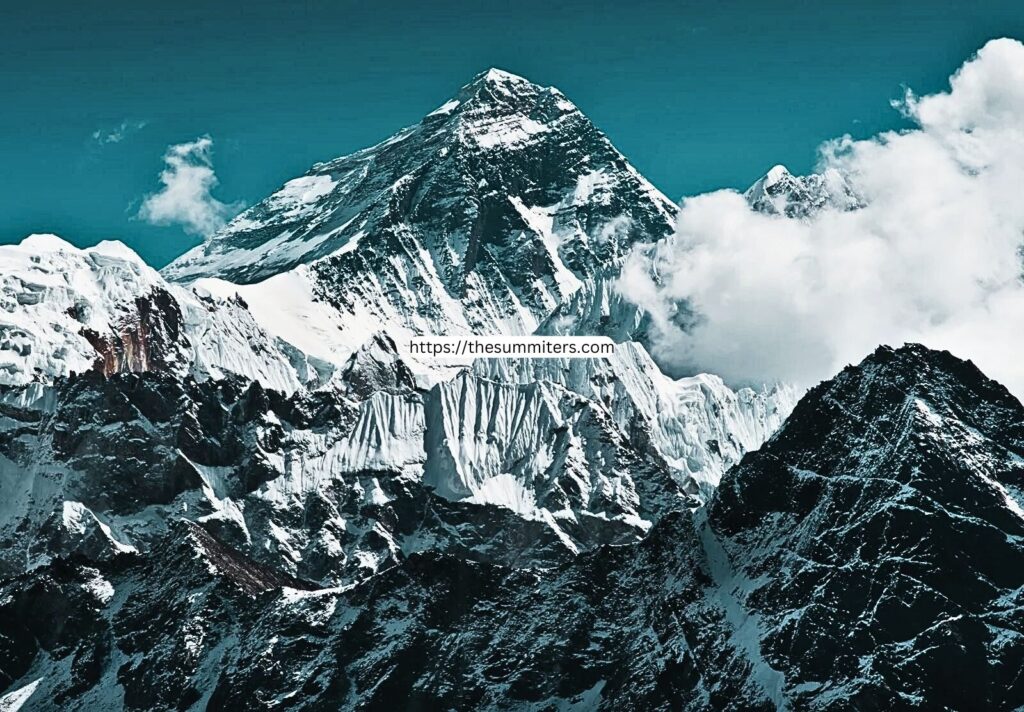
Between 1950 and 1964, all 14 eight-thousanders were conquered during the summer months, with the first being Annapurna I in 1950 and the last being Shishapangma in 1964. Then, from 1980 to 2021, these formidable peaks were summited in the challenging winter conditions. Statistical analysis has revealed that Annapurna I is the deadliest eight-thousander, claiming one life (either a climber or climber support personnel) for every three successful summit attempts. K2 and Nanga Parbat follow closely, with one fatality for every four to five summiters, and Dhaulagiri and Kangchenjunga with one for every six to seven summiters.
The pioneering Italian climber Reinhold Messner achieved the remarkable feat of summiting all 14 eight-thousanders in 1986, a monumental accomplishment accomplished without the use of supplementary oxygen. In 2010, EdurnePasaban of Spain became the first woman to conquer all 14 peaks, though she utilized supplementary oxygen. Austrian climber GerlindeKaltenbrunner achieved this feat without supplementary oxygen in 2011, marking a significant milestone for women in mountaineering. In 2013, South Korean climber Kim Chang-ho completed this daunting challenge in 7 years and 310 days, also without supplementary oxygen. British-Nepalese climber NirmalPurja set a speed record in 2019, summiting all 14 eight-thousanders in an astonishing 6 months and 6 days, though he used supplementary oxygen.
The accuracy of some ascents has been marred by issues such as false summits (as seen on Cho Oyu, Annapurna I, and Dhaulagiri) and dual summits (notably on Shishapangma and Manaslu), leading to disputed claims of successful climbs. In 2022, after years of rigorous research, a team of experts confirmed only three climbers—Ed Viesturs, VeikkaGustafsson, and NirmalPurja—as having indisputably stood on the true summit of all 14 eight-thousanders, highlighting the challenges and controversies that surround these monumental achievements in the world of mountaineering.
Read More: The 1st man atop all the 8K
Climbing history of 14 8-Thousanders
Jerzy Kukuczka was a legendary Polish mountaineer known for his remarkable achievements in high altitude climbing. Born on March 24/1948 in Katowice Poland, Kukuczka made significant contributions to the history of climbing before his tragic death in 1989. Here are some key highlights of his climbing career:
Early Climbs: Kukuczka began his climbing career in the Tatra Mountains of Poland. He quickly gained recognition for his skills and enthusiasm.
1979 Lhotse: Kukuczka’s first 8000-meter peak was Lhotse, which he climbed without supplemental oxygen.
1980 – Mount Everest: He made his first attempt on Everest in 1980 but didn’t succeed. However, he returned in 1980 as a part of a Polish team and summited the mountain. This achievement was notable because it was the first winter ascent of Everest, a feat accomplished without supplemental oxygen.
1981 – Broad Peak: Kukuczka climbed Broad Peak his second 8000-meter peak again without supplementary oxygen.
1982 – Dhaulagiri and Kangchenjunga: In a single season, he climbed both Dhaulagiri and Kangchenjunga, becoming the first person to ascend two 8000-meter peaks in one season.
1983 – Mount Everest (South Pillar): Kukuczka made a solo ascent of the South Pillar of Everest, a highly challenging route.
1984 – Cho Oyu and Lhotse: He climbed Cho Oyu and Lhotse in a single season.
1985 – Makalu: Kukuczka summited Makalu, his fifth 8000-meter peak.
1986 – Annapurna I: He climbed Annapurna I one of the most difficult 8000-meter peaks via a new route on the south face. This achievement is considered one of the most challenging climbs in the history of mountaineering.
1987 – Gasherbrum II: Kukuczka summited Gasherbrum II, his seventh 8000-meter peak.
1988 – Mount Everest (West Pillar): He attempted a new route on the West Pillar of Everest but tragically died during the descent on October 24, 1989. He was leading a pitch down when a rock anchor failed, causing him to fall to his death.
Jerzy Kukuczka’s climbing career was characterized by his audacious spirit and determination to take on new and challenging routes. His legacy continues to inspire climbers around the world, and he is remembered as one of the greatest Himalayan climbers in history.
List of first ascents
The list of first ascents of eight-thousanders, referring to the first successful climbs to the summits of the 14 mountains over 8,000 meters in height, is as follows:
Annapurna I (8,091 m / 26,545 ft)
First Ascent: June 3, 1950, by Maurice Herzog and Louis Lachenal (France).
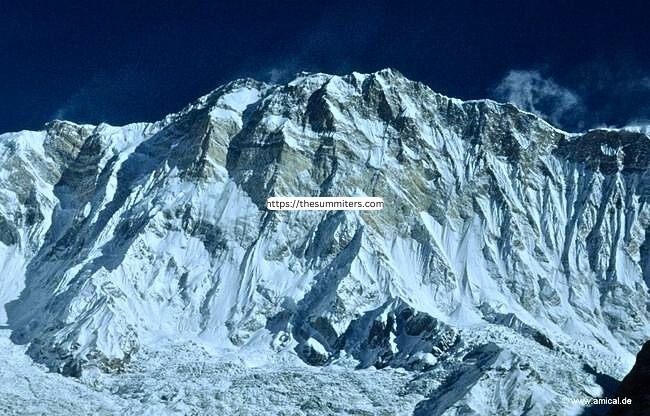
K2 (8,611 m / 28,251 ft)
First Ascent: July 31, 1954, by Lino Lacedelli and AchilleCompagnoni (Italy).
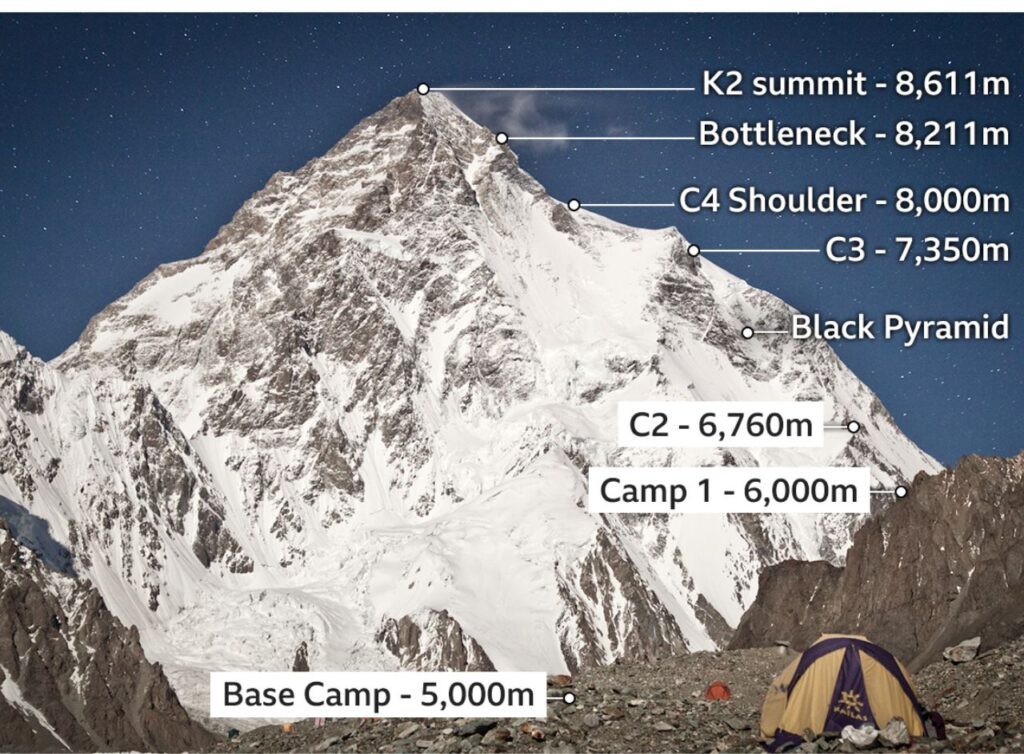
Mount Everest (8,848 m/ 29,029 ft)
First Ascent: May 29 / 1953, by Sir Edmund Hillary (New Zealand) and Tenzing Norgay (Nepal/India).

Read More: Everest Disaster 1996
Kangchenjunga (8,586 m / 28,169 ft)
First Ascent: May 25, 1955, by George Band and Joe Brown (United Kingdom).
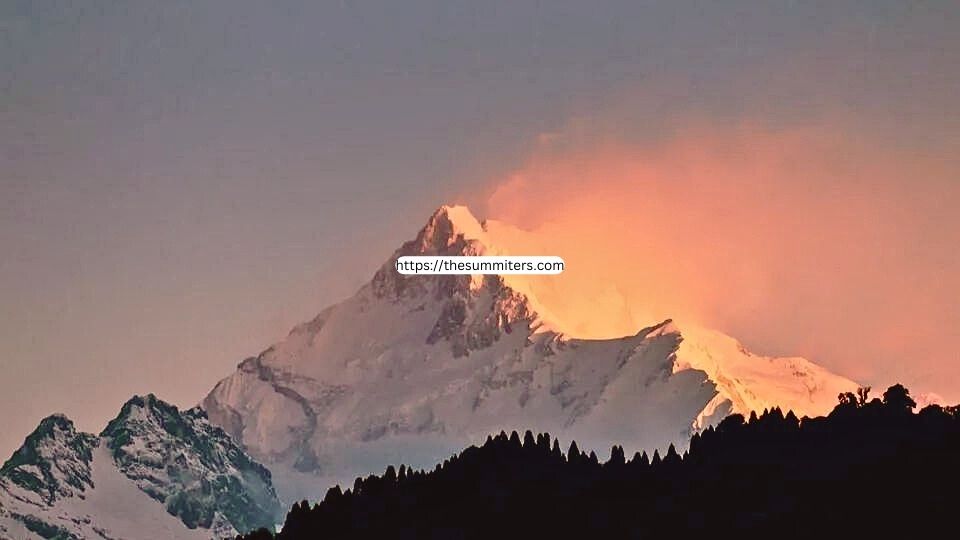
Lhotse (8,516 m / 27,940 ft)
First Ascent: May 18, 1956, by Ernst Reiss and Fritz Luchsinger (Switzerland).
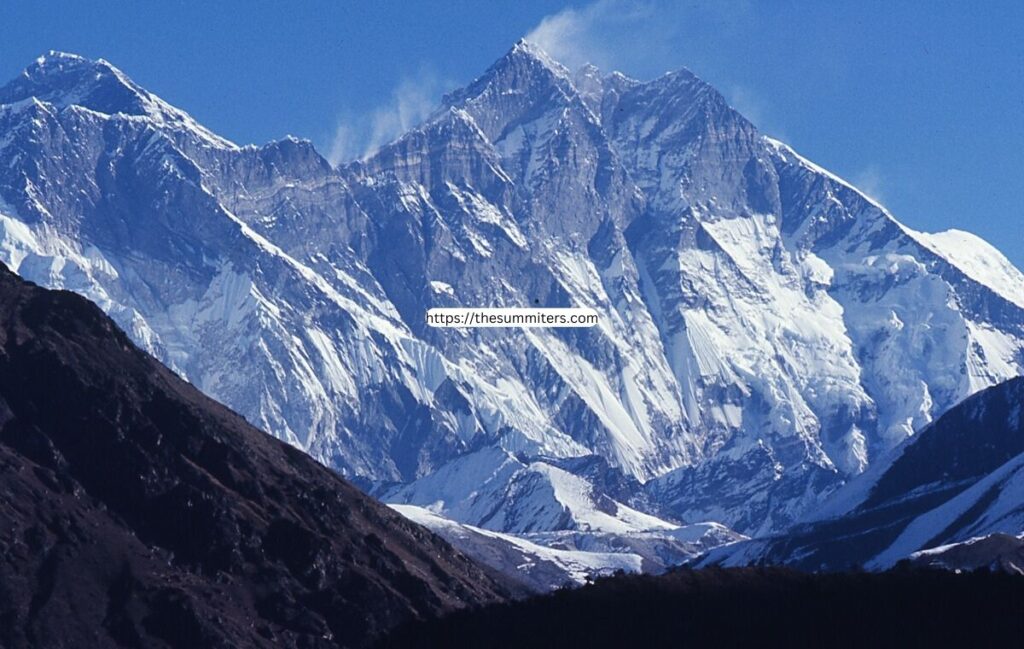
Makalu (8,485 m / 27,838 ft)
First Ascent: May 15, 1955, by Lionel Terray and Jean Couzy (France).
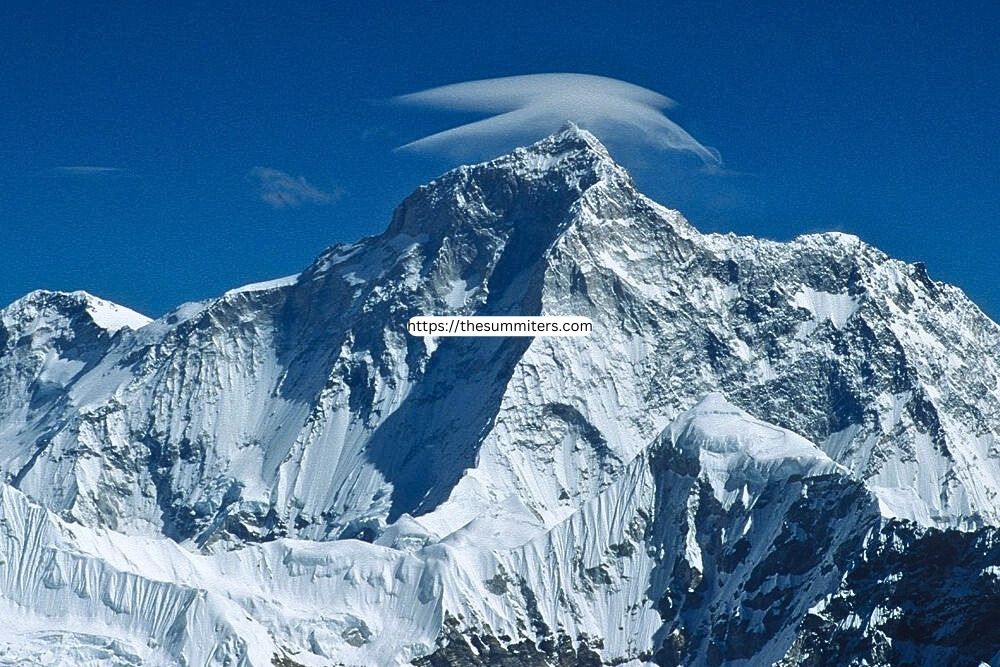
Cho Oyu (8,188 m / 26,864 ft)
First Ascent: October 19, 1954, by Herbert Tichy, Joseph Jöchler (Austria), and PasangDawa Lama (Nepal).
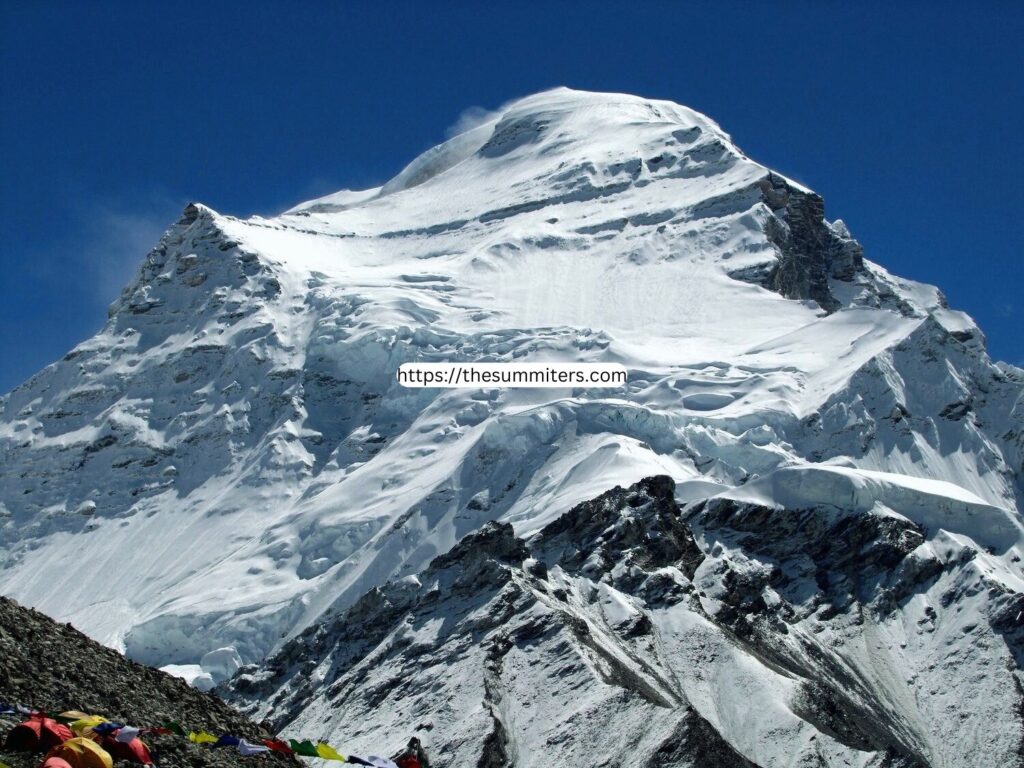
Dhaulagiri I (8,167 m / 26,795 ft)
First Ascent: May 13, 1960, by Kurt Diemberger, Peter Diener, Ernst Forrer, AlbinSchelbert (Switzerland), NyimaDorje (Nepal).
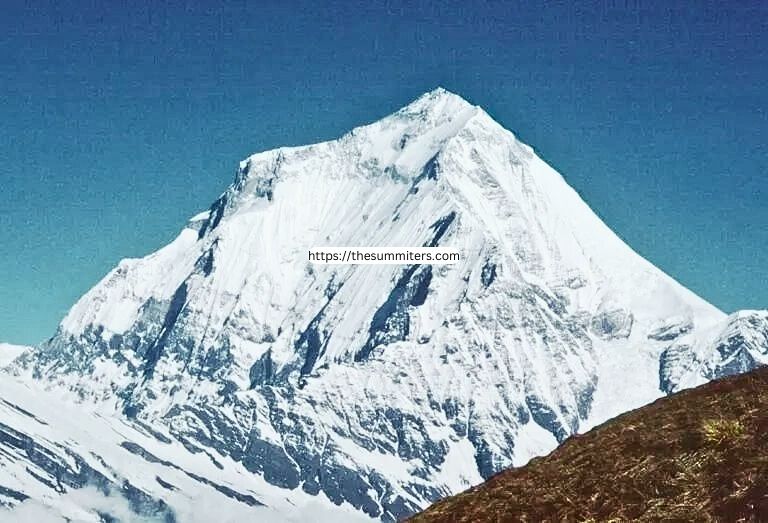
Manaslu (8,163 m / 26,781 ft)
First Ascent: May 9, 1956, by Toshio Imanishi and GyalzenNorbu (Japan).
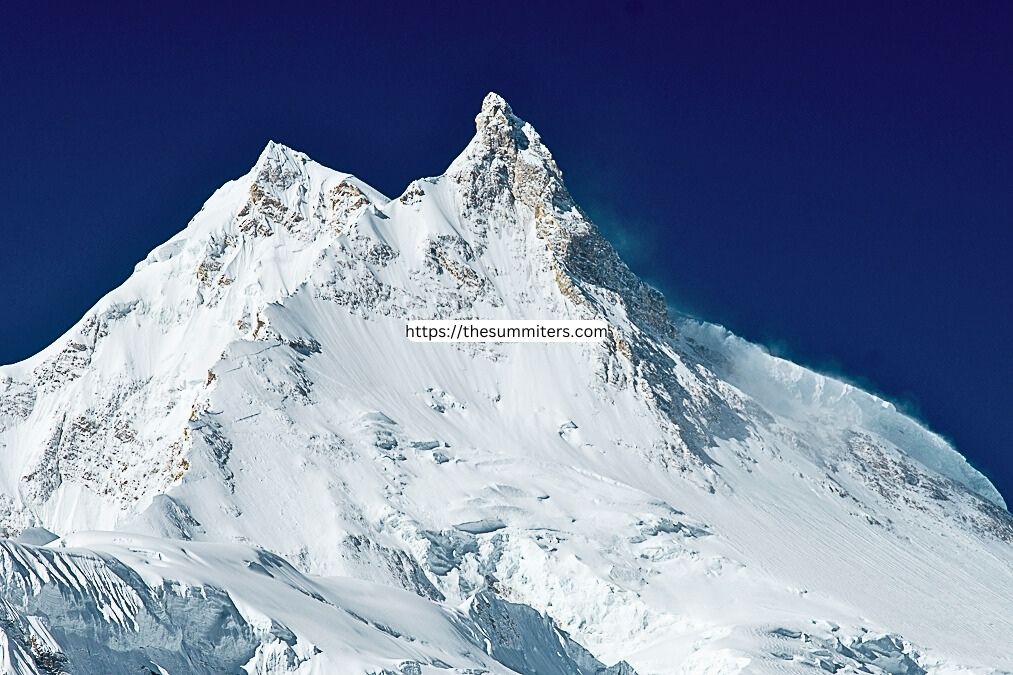
Nanga Parbat (8,126 m / 26,660 ft)
First Ascent: July 3, 1953, by Hermann Buhl (Austria/Germany).
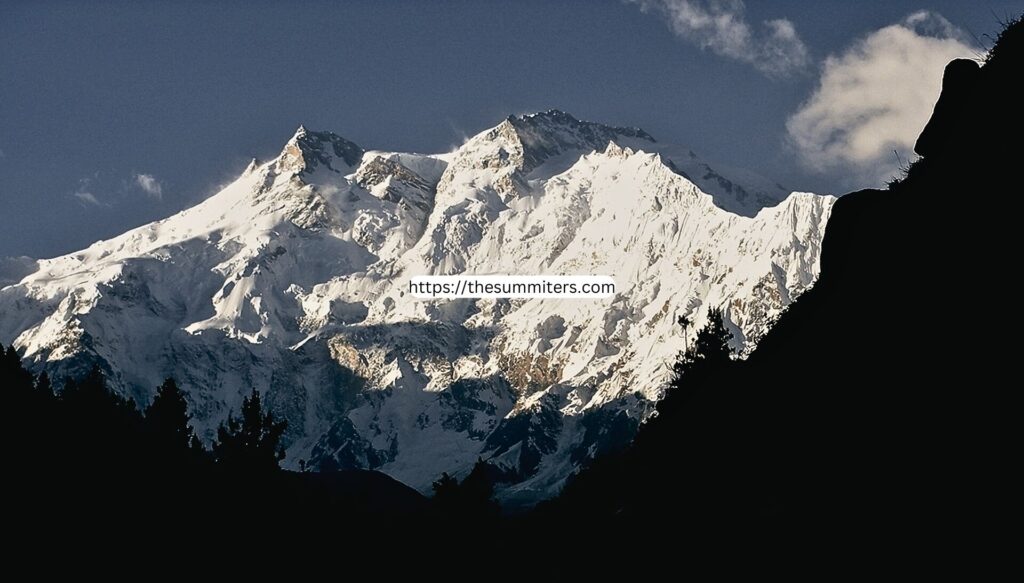
Annapurna II (7,937 m / 26,040 ft)
First Ascent: May 17, 1960, by a British/Indian/Nepali team led by Jimmy Roberts.
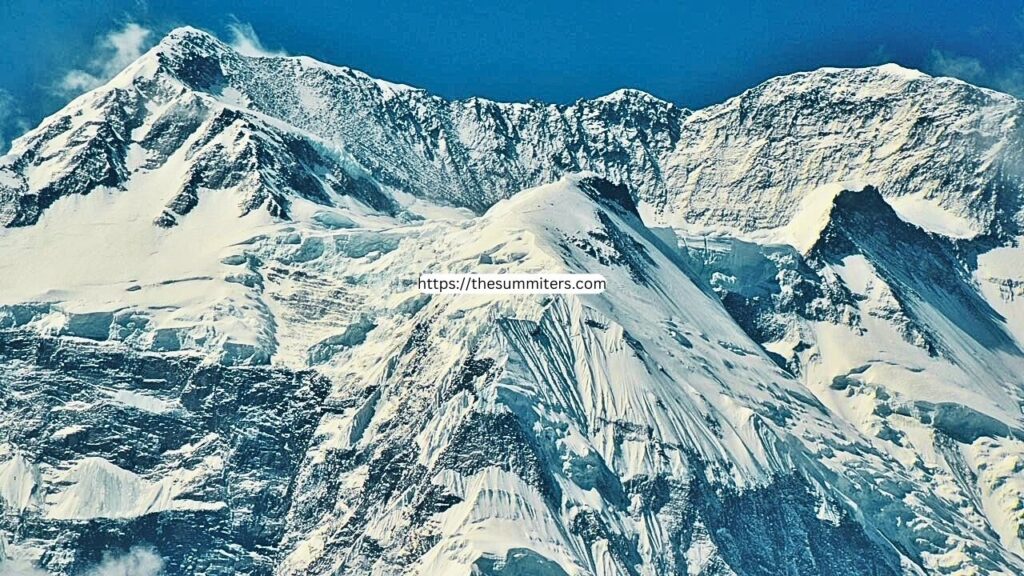
Gasherbrum I (8,080 m / 26,509 ft)
First Ascent: March 8, 1958, by Pete Schoening and Andy Kauffman (United States), Tom Patey and Gil Roberts (United Kingdom).
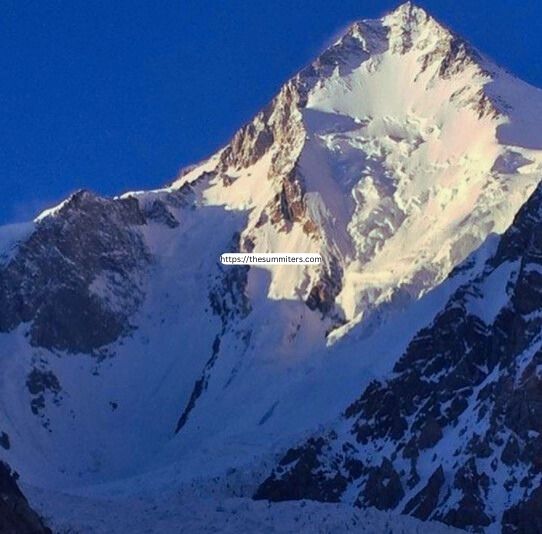
Broad Peak (8,051 m / 26,414 ft)
First Ascent: June 9, 1957, by Hermann Buhl (Austria), Kurt Diemberger, Marcus Schmuck, and Fritz Wintersteller (Austria).
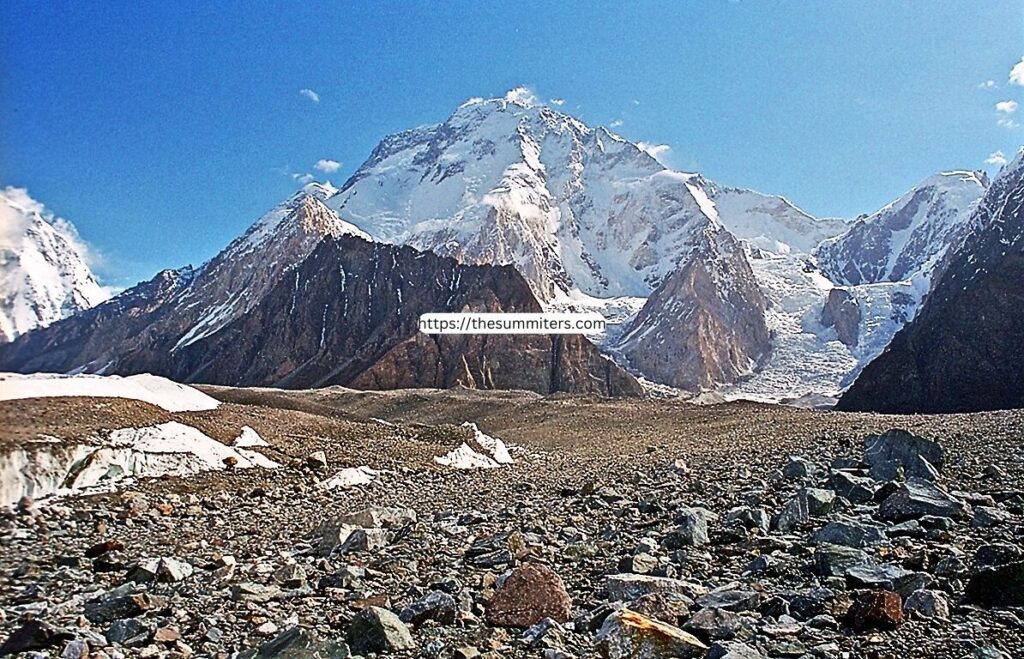
Gasherbrum II (8,035 m / 26,362 ft)
First Ascent: July 7, 1956, by Fritz Moravec, Josef Larch, and Hans Willenpart (Austria).
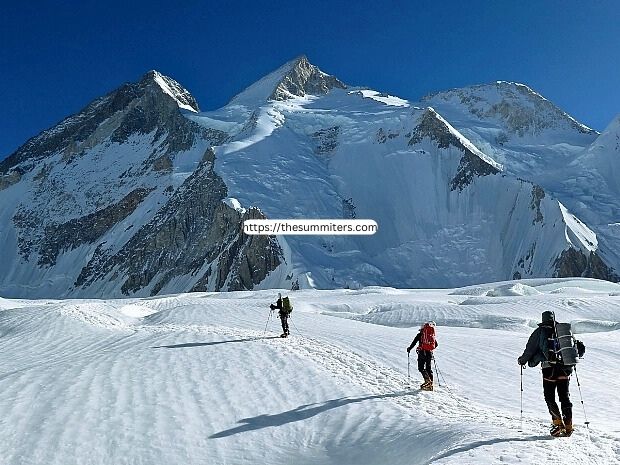
These first ascents represent monumental achievements in the history of mountaineering and exploration, marking the pioneers who successfully reached the summits of these challenging peaks for the first time.
List of climbers of all 14
As of my last update in September 2021, the following climbers are known to have successfully summited all 14 eight-thousanders, achieving one of the most significant milestones in high-altitude mountaineering:
Reinhold Messner (Italy): First person to climb all 14 eight-thousanders on August 16, 1986.
Jerzy Kukuczka (Poland): Achieved all 14 eight-thousanders in 1987, but tragically died in a climbing accident on Lhotse in 1989.
Erhard Loretan (Switzerland): Completed all 14 eight-thousanders on October 17, 1995. He tragically died in an accident in 2011.
Carlos Carsolio (Mexico): Accomplished all 14 eight-thousanders on May 12, 1996.
Krzysztof Wielicki (Poland): Achieved all 14 eight-thousanders on January 17, 1996.
JuanitoOiarzabal (Spain): Completed all 14 eight-thousanders on April 30, 1999.
Sergio Martini (Italy): Accomplished all 14 eight-thousanders on May 23, 1999.
Park Young-seok (South Korea): Achieved all 14 eight-thousanders on May 15, 2005. He tragically died in an accident in 2011.
Abele Blanc (Italy): Completed all 14 eight-thousanders on May 25, 2005.
Ed Viesturs (United States): Achieved all 14 eight-thousanders on May 12, 2005.
Silvio Mondinelli (Italy): Completed all 14 eight-thousanders on May 20, 2007.
Piotr Pustelnik (Poland): Achieved all 14 eight-thousanders on May 23, 2008.
Oh Eun-sun (South Korea): First woman to climb all 14 eight-thousanders on April 27, 2010.
Alan Hinkes (United Kingdom): Achieved all 14 eight-thousanders on May 5, 2005.
As of my last update in September 2021, the list of climbers who have successfully summited all 14 eight-thousanders includes:
GerlindeKaltenbrunner (Austria): Became the first woman to climb all 14 eight-thousanders without supplementary oxygen on August 23, 2011.
RadekJaroš (Czech Republic): Achieved all 14 eight-thousanders on May 18, 2012.
NivesMeroi (Italy): Became the first Italian woman to climb all 14 eight-thousanders without supplementary oxygen on October 1, 2017.
Tomasz Mackiewicz (Poland): Accomplished all 14 eight-thousanders on January 26, 2018. He tragically died during a winter ascent of Nanga Parbat in 2018.
Kim Chang-ho (South Korea): Climbed all 14 eight-thousanders in 7 years and 310 days without the aid of supplementary oxygen on October 18, 2013.
NirmalPurja (Nepal/United Kingdom): Climbed all 14 eight-thousanders in 6 months and 6 days, completing the feat on October 29, 2019. Notably, he completed this challenge within a single calendar year, from April 23, 2019, to October 29, 2019.
Verification issues
Verification in mountaineering encounters recurring challenges, especially concerning confirming a climber’s reach to the true summit of eightthousander. The unique nature of these peaks exacerbates the problem – these mountains are rarely summited, their peaks remain inadequately surveyed, and climbers attempting their summits contend with extreme altitude and harsh weather conditions within the death zone.
Take Cho Oyu, for instance, an eight-thousander plagued by this issue. Its actual peak is a small hump about thirty minutes’ walk from the extensive, flat summit plateau situated in the death zone. Adverse weather conditions often obscure the real summit, leading to disputed claims, like in the case of British climber Alan Hinkes, who opted not to re-climb the peak despite doubts about his ascent. Shishapangma poses a similar problem due to its dual summits. Despite their proximity in height, these summits are separated by up to two hours of climbing time and involve navigating a perilous snow ridge. When climber Ed Viesturs’ summit of Shishapangma was questioned by Elizabeth Hawley, she reviewed his photos and interviews and later confirmed his ascent after he re-climbed the mountain to establish his claim.
Further complications arise from false summits on Annapurna I, Dhaulagiri, and Manaslu. Annapurna I features a long ridge with multiple summits, Dhaulagiri presents a misleading false summit marked by a metal pole, and Manaslu involves an additional sharp and hazardous ridge to reach the actual summit, resembling the challenge faced on Shishapangma. According to analysis conducted by international experts, including Eberhard Jurgalski, RodolphePopier, Tobias Pantel, Damien Gildea, Federico Bernardi, Bob SchelfhoutAubertijn, and ThaneswarGuragai, only three climbers—Ed Viesturs, VeikkaGustafsson, and NirmalPurja—are confirmed to have stood on the true summit of all 14 eight-thousanders. Notably, Viesturs achieved this without supplemental oxygen. It’s worth noting that the team deliberately refrained from standing on the true summit of Kangchenjunga out of religious respect. While their research findings have not been formally published, they reflect the ongoing complexities of verifying climbers’ achievements on these challenging and elusive peaks.
Proposed expansion
In 2012, faced with mounting pressure and overcrowding on Mount Everest, stricter regulations were implemented to alleviate the capacity issues on the world’s highest peak. Nepal, aiming to mitigate the growing strain on the mountain, approached the International Climbing and Mountaineering Federation (UIAA) with a proposal. They advocated for the reclassification of five subsidiary summits – two on Lhotse and three on Kanchenjunga – as independent eight-thousanders. Simultaneously, Pakistan lobbied for the recognition of a sixth subsidiary summit on Broad Peak as a standalone eight-thousander. This move was intended to manage the influx of climbers.
To evaluate the feasibility of these new peaks, the UIAA launched the ARUGA Project in 2012. The six proposed eight-thousanders all boasted a topographic prominence above 60 meters (197 feet). However, none of them met the broader UIAA prominence requirement of 600 meters (1,969 feet). For context, the lowest prominence among the existing 14 eight-thousanders is Lhotse, standing at 610 meters (2,001 feet). Critics argued that out of the proposed peaks, only Broad Peak Central, with a prominence of 181 meters (594 feet), even met the 150 meters (492 feet) threshold, a criterion for British Isles Marilyns. They pointed to the UIAA’s 1994 reclassification of Alpine four-thousanders, which utilized a prominence threshold of 30 meters (98 feet), among other criteria. Their argument was based on the proportional logic: if 30 meters worked for 4,000 meters summits, then 60 meters should be appropriate for 8,000 meters summits.
However, despite these discussions, as of November 2018, there has been no resolution by the UIAA. The proposals, along with the debates surrounding them, appear to have been put on hold, leaving the issue of additional eight-thousanders in a state of uncertainty.
Below is a reconstructed list of the subsidiary peaks of the 14 eight-thousanders along with their proposed heights, prominences, dominance ratios (Prominence/Height), and dominance classifications:
Broad Peak Central
Height: 8011 m
Prominence: 181 m
Dominance Ratio: 2.26
Dominance Classification: B2
Kangchenjunga W-Peak (Yalung Kang)
Height: 8505 m
Dominance Ratio: 1.59
Dominance Classification: C1
Kangchenjunga S-Peak
Height: 8476 m
Prominence: 116 m
Dominance Ratio: 1.37
Dominance Classification: C2
Kangchenjunga C-Peak
Height: 8473 m
Prominence: 63 m
Dominance Ratio: 0.74
Dominance Classification: C2
Lhotse C-Peak I (Lhotse Middle)
Height: 8410 m
Prominence: 65 m
Dominance Ratio: 0.77
Dominance Classification: C2
Lhotse Shar
Height: 8382 m
Prominence: 72 m
Dominance Ratio: 0.86
Dominance Classification: C2
K2 SW-Peak
Height: 8580 m
Prominence: 30 m
Dominance Ratio: 0.35
Dominance Classification: D1
Lhotse C-Peak II
Height: 8372 m
Prominence: 37 m
Dominance Ratio: 0.44
Dominance Classification: D1
Everest W-Peak
Height: 8296 m
Prominence: 30 m
Dominance Ratio: 0.36
Dominance Classification: D1
Yalung Kang Shoulder
Height: 8200 m
Prominence: 40 m
Dominance Ratio: 0.49
Dominance Classification: D1
Kangchenjunga SE-Peak
Height: 8150 m
Prominence: 30 m
Dominance Ratio: 0.37
Dominance Classification: D1
K2 P. 8134 (SW-Ridge)
Height: 8134 m
Prominence: 35 m
Dominance Ratio: 0.43
Dominance Classification: D1
Annapurna C-Peak
Height: 8013 m
Prominence: 49 m
Dominance Ratio: 0.61
Dominance Classification: D1
Nanga Parbat S-Peak
Height: 8042 m
Prominence: 30 m
Dominance Ratio: 0.37
Dominance Classification: D1
Annapurna E-Peak
Height: 7986 m
Prominence: 65 m
Dominance Ratio: 0.81
Dominance Classification: C2
Shisha Pangma C-Peak
Height: 8008 m
Prominence: 30 m
Dominance Ratio: 0.37
Dominance Classification: D1
Everest NE-Shoulder
Height: 8423 m
Prominence: 19 m
Dominance Ratio: 0.23
Dominance Classification: D2
Everest NE-Pinnacle III
Height: 8383 m
Prominence: 13 m
Dominance Ratio: 0.16
Dominance Classification: D2
Lhotse N-Pinnacle III
Height: 8327 m
Prominence: 10 m
Dominance Ratio: 0.12
Dominance Classification: D2
Lhotse N-Pinnacle II
Height: 8307 m
Prominence: 12 m
Dominance Ratio: 0.14
Dominance Classification: D2
Lhotse N-Pinnacle I
Height: 8290 m
Prominence: 10 m
Dominance Ratio: 0.12
Dominance Classification: D2
Everest NE-Pinnacle II
Height: 8282 m
Prominence: 25 m
Dominance Ratio: 0.30
Dominance Classification: D2